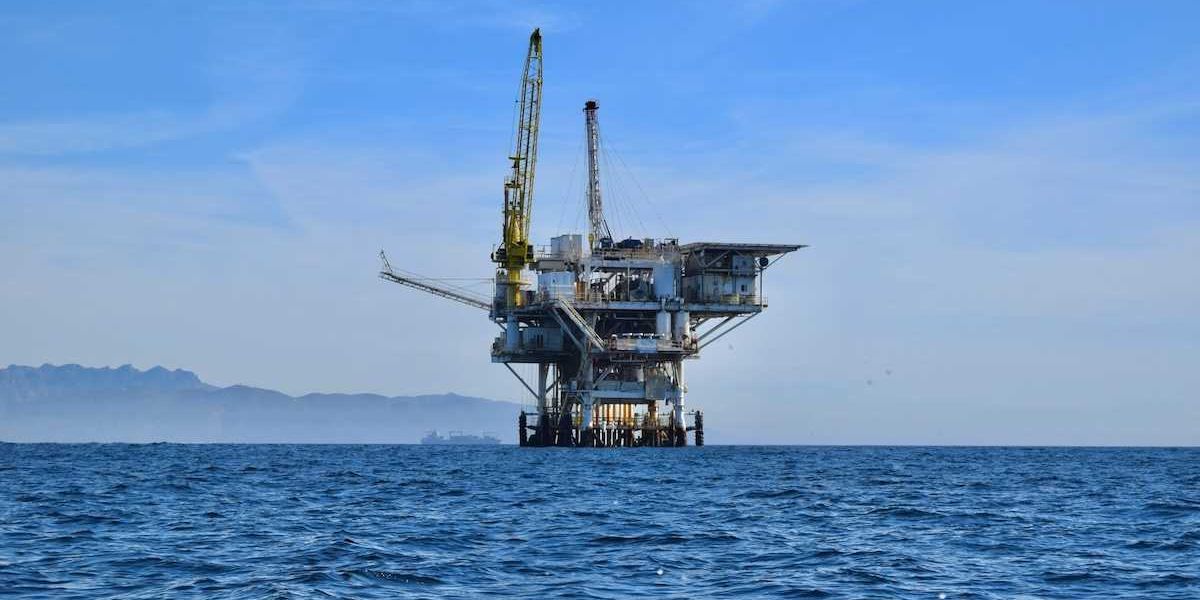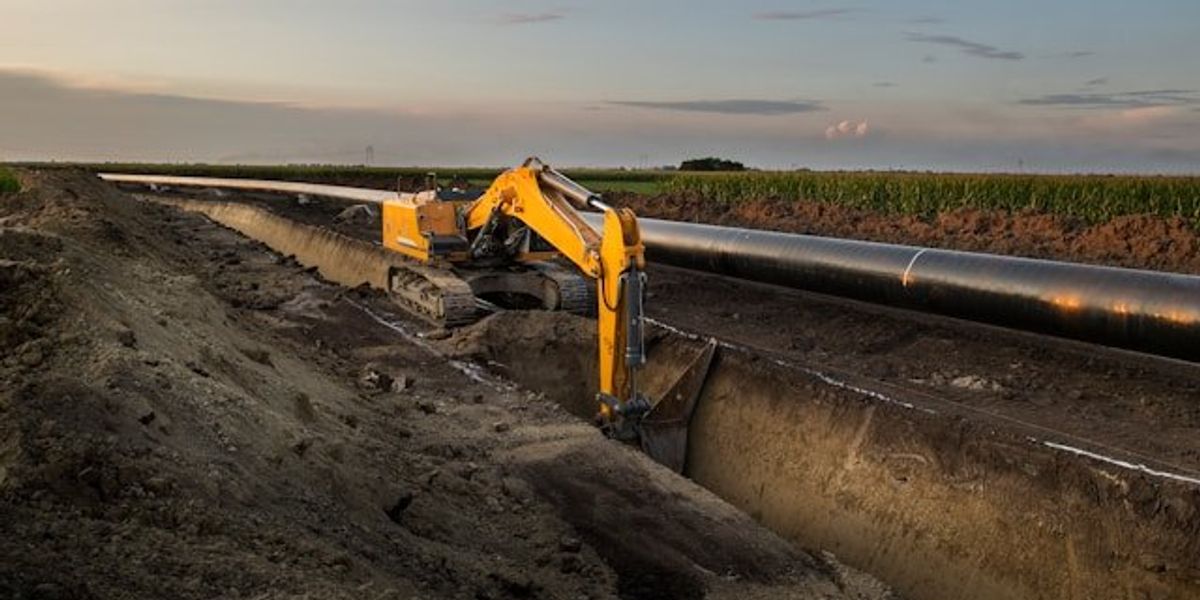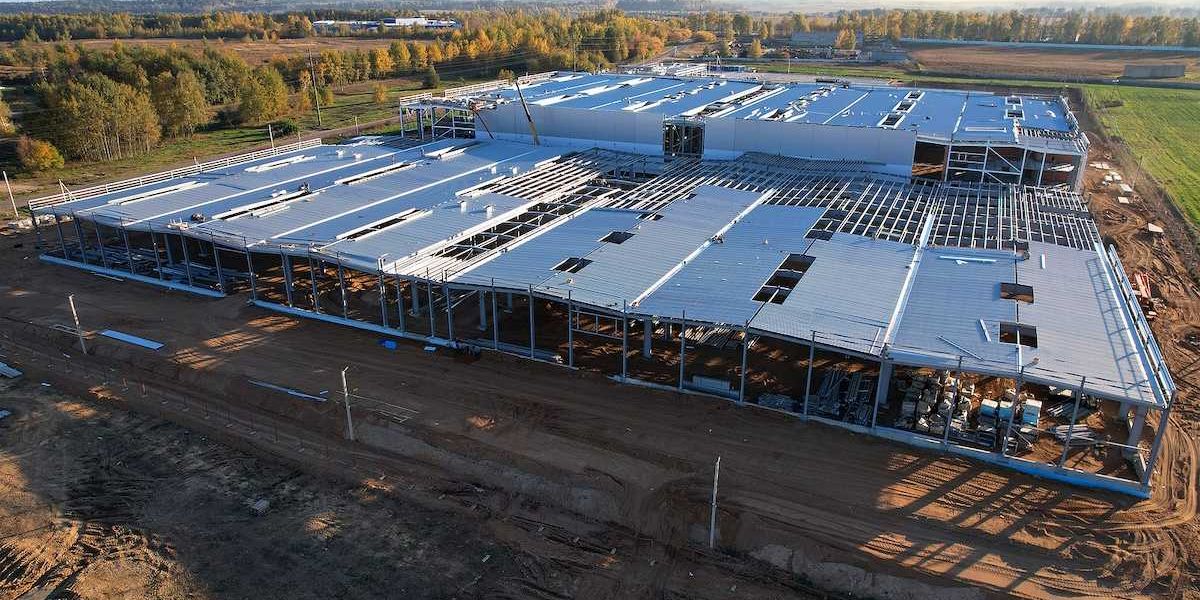
Europe could use space-based solar power to slash land-based energy needs by 2050
Solar panels placed in space could meet up to 80% of Europe’s renewable energy demand by mid-century, offering a potential solution to the challenges of weather-dependent power supply.
Svetlana Onye reports for The Guardian.
In short:
- A study from King’s College London modeled Europe’s 2050 power grid and found that space-based solar panels could cut system costs by 15% and reduce battery use by more than two-thirds.
- The NASA-inspired system would orbit Earth, collecting solar energy via reflectors and beaming it back to ground stations, bypassing issues like cloud cover and nightfall.
- While technically promising, the concept still faces hurdles including orbital congestion, cost, and uncertainty about long-term reliability and maintenance.
Key quote:
“Renewable energy to replace fossil fuels is the most important action we are taking as humans. Space-based solar power is a potential technology and can provide continuous solar power as a renewable energy source.”
— Dr. Wei He, senior lecturer in engineering at King’s College London
Why this matters:
As Europe moves to decarbonize its energy grid, one major challenge is the intermittent nature of wind and solar on the ground. Space-based solar panels sidestep this problem by staying in constant sunlight and beaming power down to Earth. The concept may sound futuristic, but it's gaining traction as the climate crisis intensifies and energy security becomes more urgent. If the engineering and cost hurdles can be overcome, space-based solar could offer stable, large-scale renewable energy without competing for land, reducing dependence on fossil fuels while avoiding some of the environmental downsides of terrestrial infrastructure.
Related: Europe faces challenges from low wind and solar output in winter energy markets













